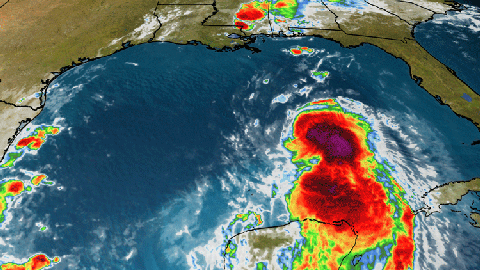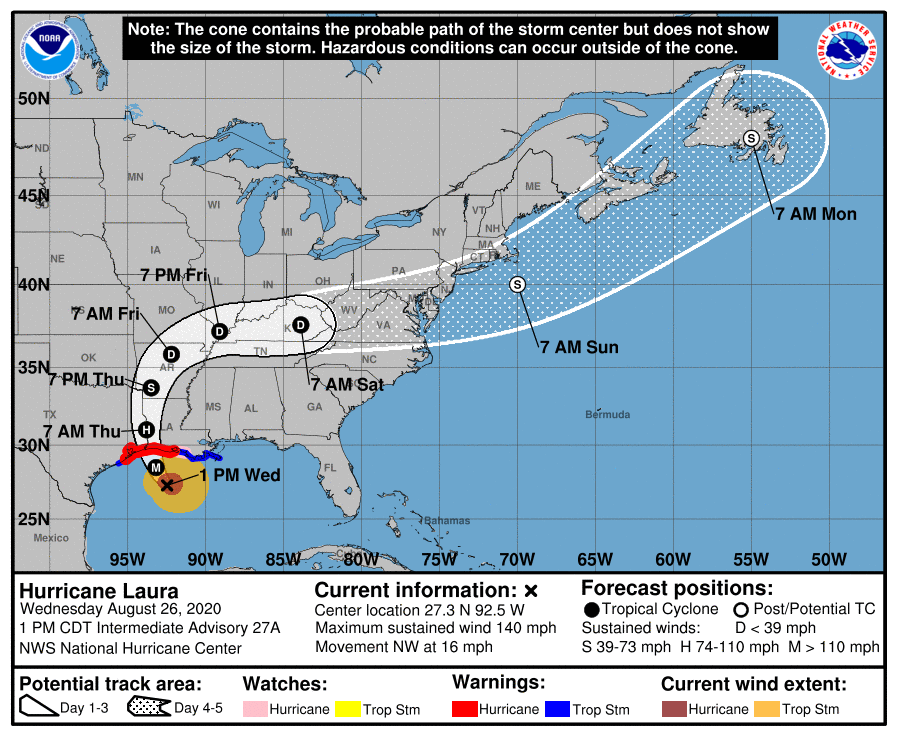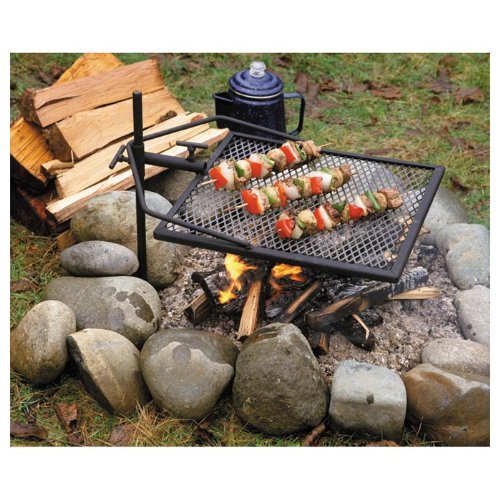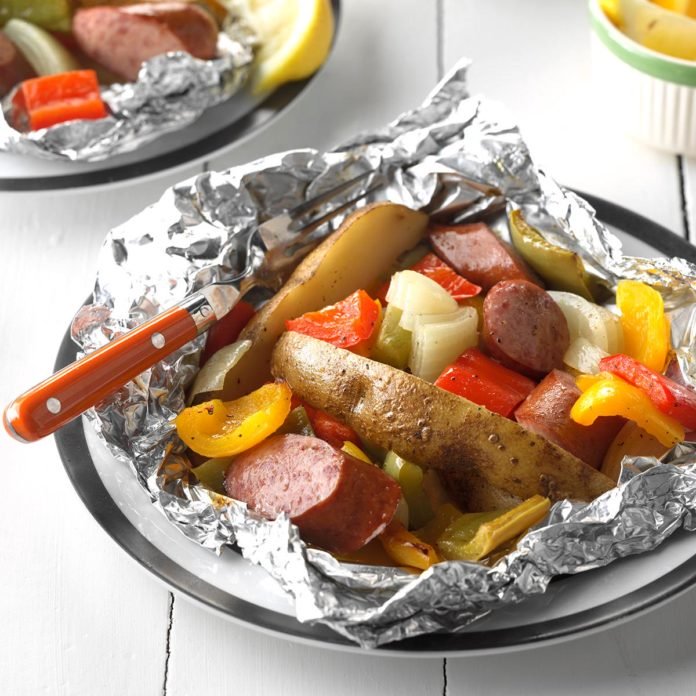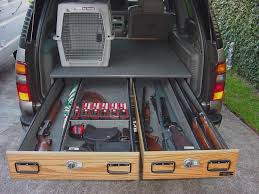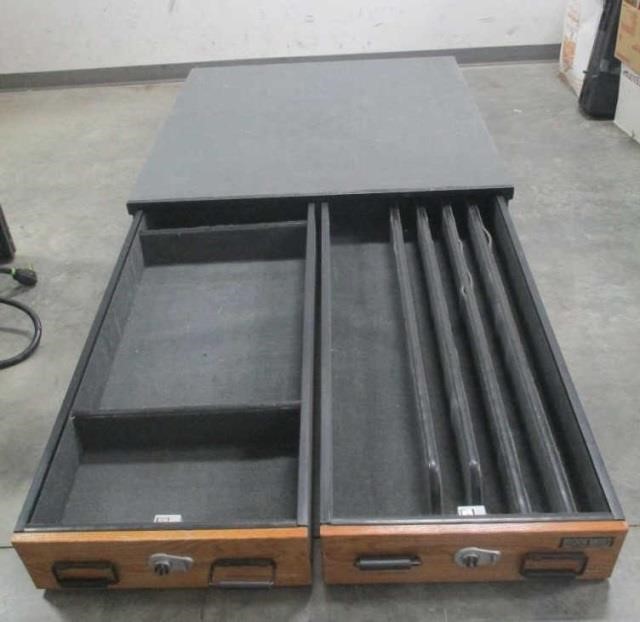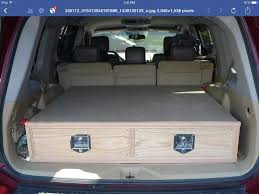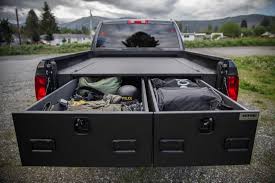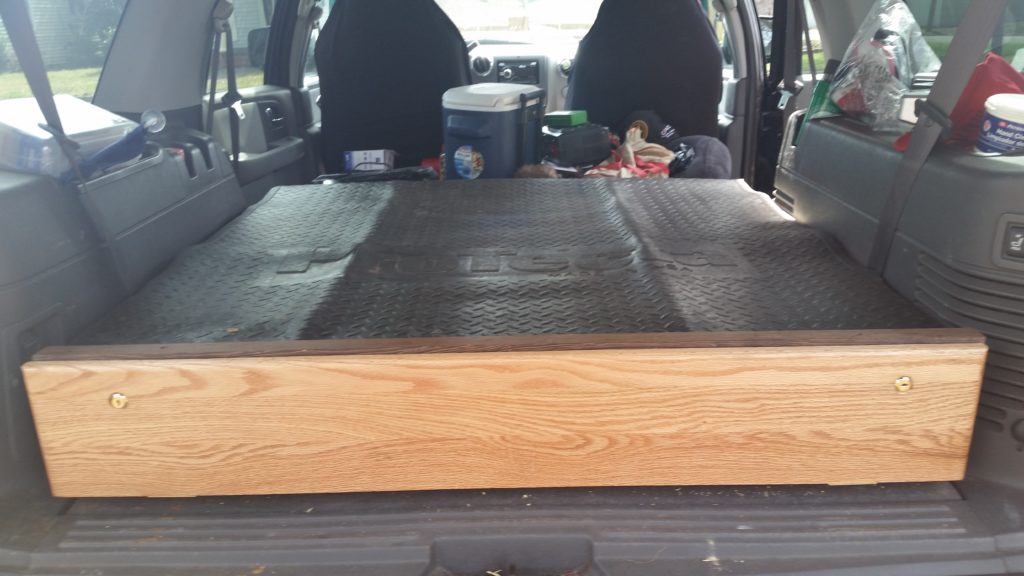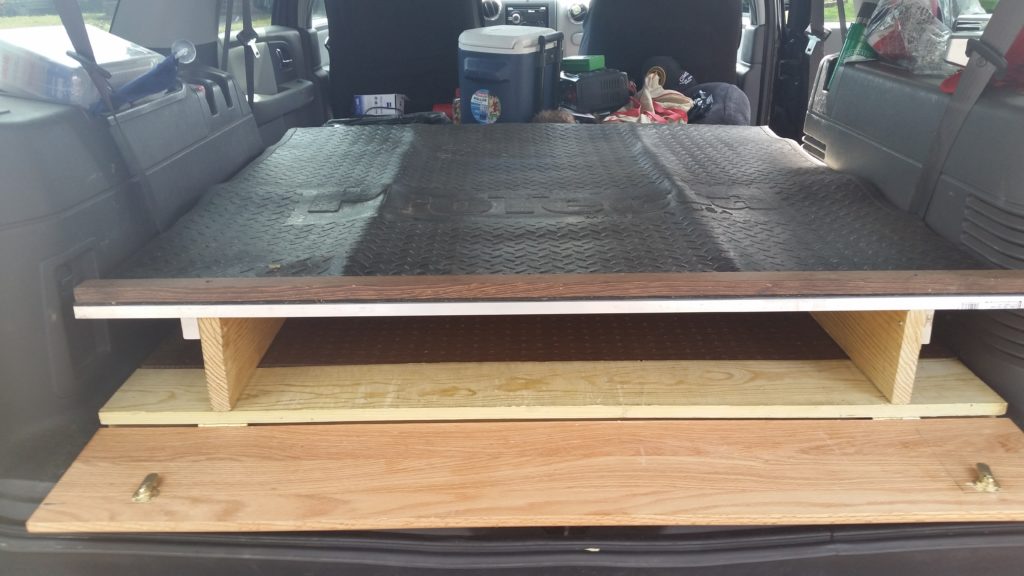I’m not going to bore you with the advice you get from TV or the internet. This is specifically the pro tips. If you live in the hurricane zone, you should already know the basics. I’ll give them a quick pass below.
- If you take any meds be sure you have an ample supply.
- Have plenty of drinkable water on hand, at least 1 gallon per person per day.
- Have a couple of hundred dollars in cash if you can, small bills.
- No electricity means no ATM’s or cash registers for the most part.
- Fill your car up with gas, in case you have to make a run for it, no electricity also means no gas unless you are fairly creative.
- Have a cheap 5’x7′ blue tarp handy, don’t use your drinking water to flush the toilet. The day before the hurricane hits spread the tarp out in the bathtub and fill it with water. The tarp will help keep the water from seeping out through the drain. If you have a good rubber stopper the tarp isn’t necessary.
- Have a damn first aid kit, I can’t stress this enough.
- If you have animals, be prepared to bring them indoors or at least shelter them and be sure to have plenty of food for them.
Now we’ll get to the good stuff, a couple of Mr Wizard’s tips and tricks.
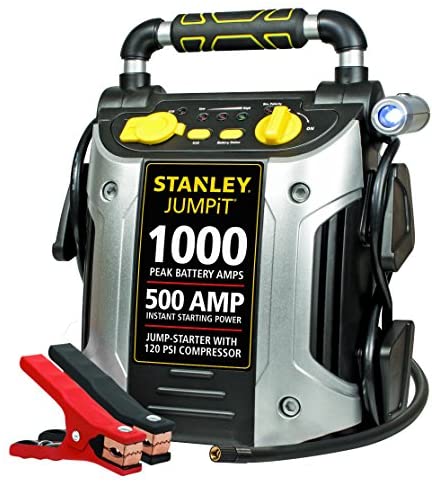
One of these can be the handiest item you have in a hurricane, I have a couple of these and bigger is better in this case. Stanley makes them in 300, 600, 700 and 1000 peak amp models. I have the Stanley’s, but Duracell and DeWalt also make good models. Don’t skimp on this one; buy the biggest one you can afford. Be sure it has at least 2 usb ports and a 12v lighter adapter port. One of these can be a difference maker in your sanity if you have a wife and kids at the house. One of these will charge a phone or iPad a dozen times or more. You can also use one to keep your WiFi up with a few simple instructions.
Using a small 12 volt to 115v DC/AC converter can keep your WiFi up in a pinch. Most of the time if our wifi goes out it’s because the power is out, not the cable.
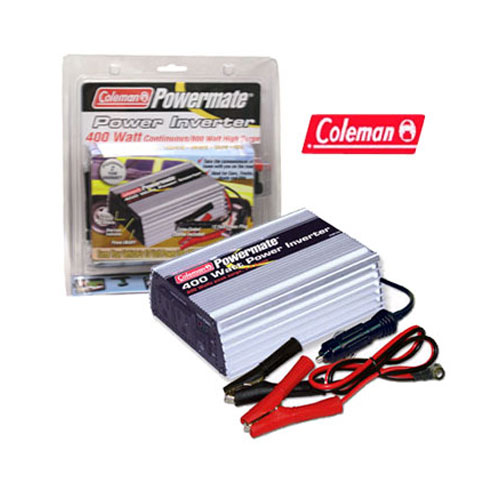
400 watts is plenty for this job, plug your router and modem into the inverter and it will run your WiFi for a day or more. Plug the power inverter into the battery pack and you are set. As an alternative you could have an “Air” card for your tablet or laptop, and it will also work as long as the cell towers are powered.
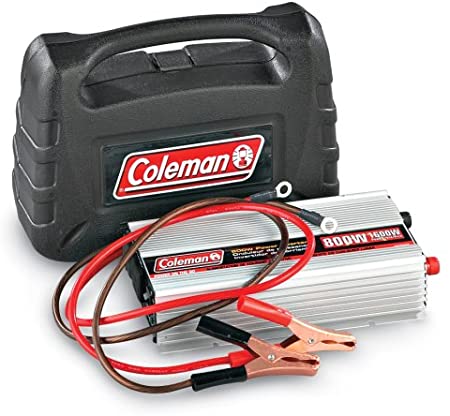
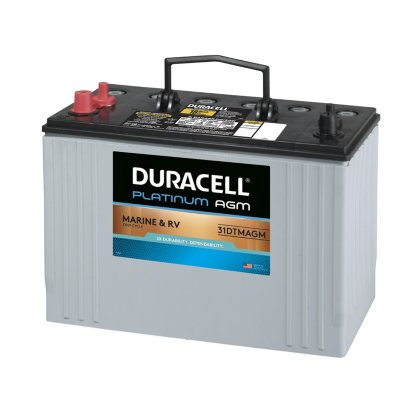
With a deep cycle RV/Boat battery and an 800 watt inverter you can run an average refrigerator for a day or so if you don’t open it a lot. If you have a boat or RV, you probably already have a deep cycle battery. I realize this isn’t practical for everybody, but I already had it so it made sense for short term power outages. Another tip is use this on the fridge and you won’t need to run a generator nearly as much. Use the battery and inverter on the refrigerator and use the generator to recharge the battery.
Now that WiFi and phones/tablets are out of the way, we’ll move on to washing and cooking. If you have a gas grill, you already know the drill especially if you have one with a side burner. Don’t guess, be sure you have a full tank of propane.
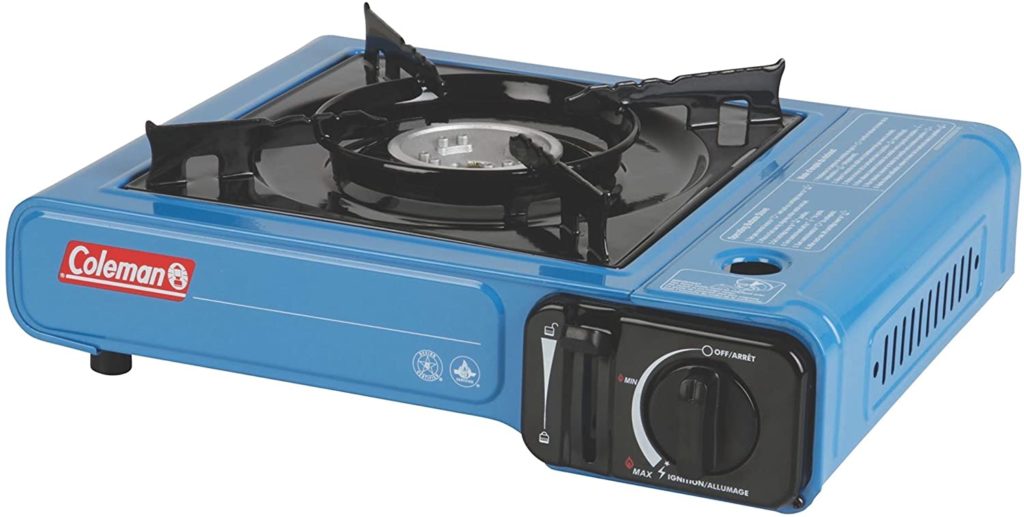
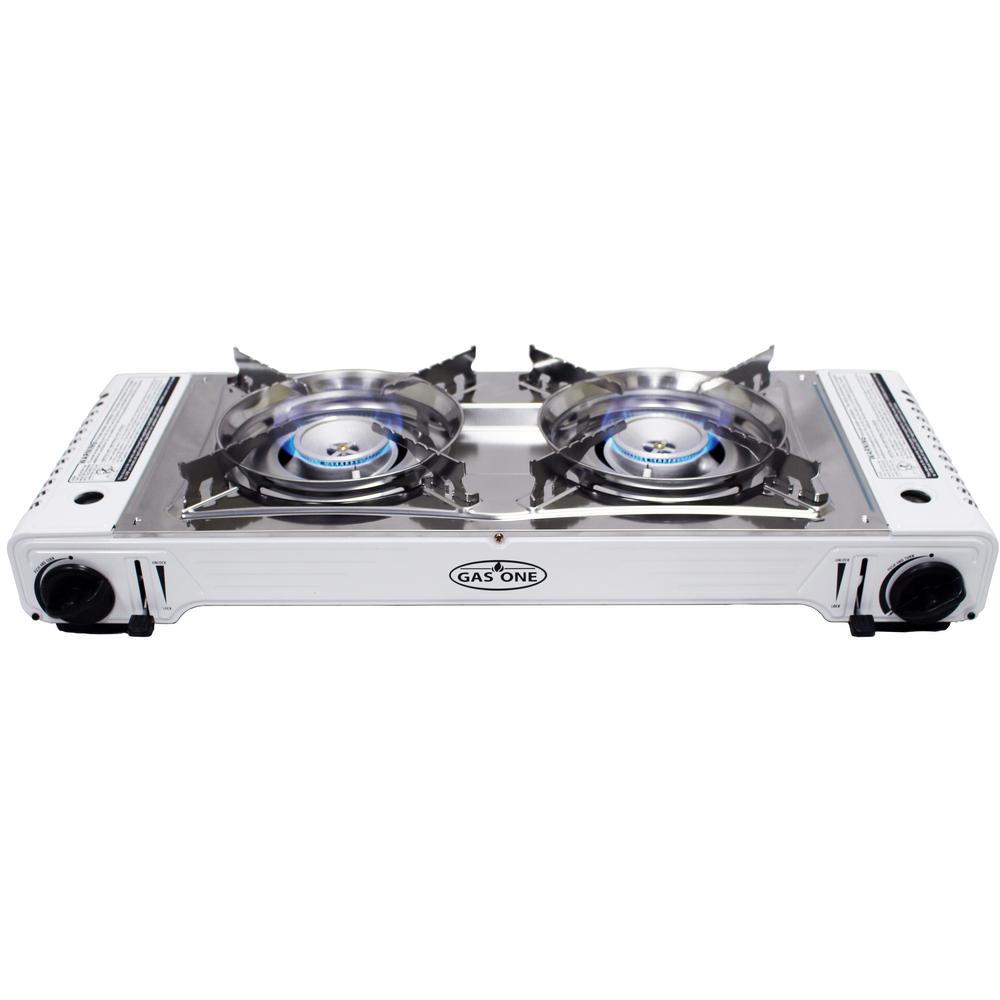
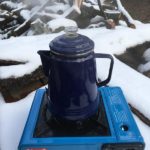
If you are not a camper and already have a camping stove, the Coleman butane single burner stove is a good alternative, they run $20 or so and the butane cans run $2.50 or so a piece. You can get 4 for $10 at Walmart. Mr Wizard and the wife are grumpy without coffee, be sure to add a camping coffee pot to your kit if needed. These also come in 2 burner models but are $75 or more for good ones. They can also boil water or cook small meals easily.
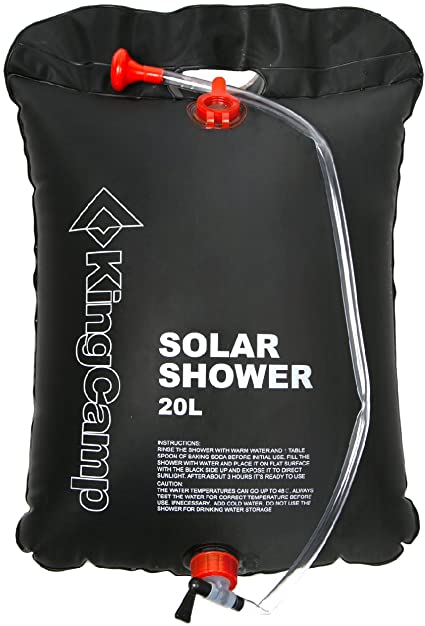
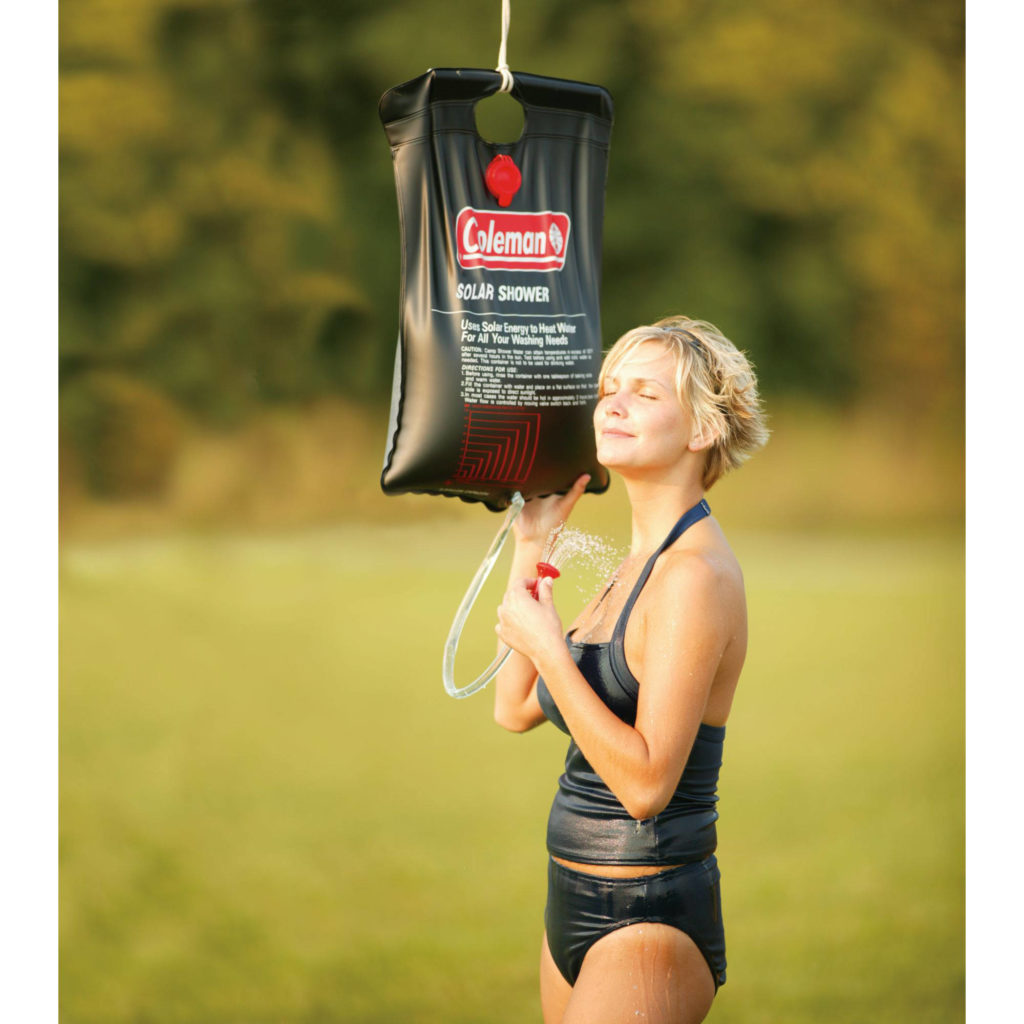
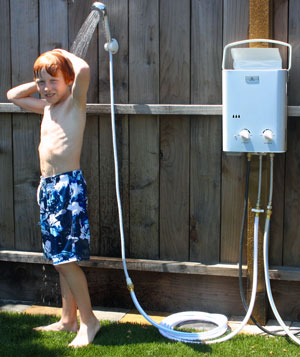
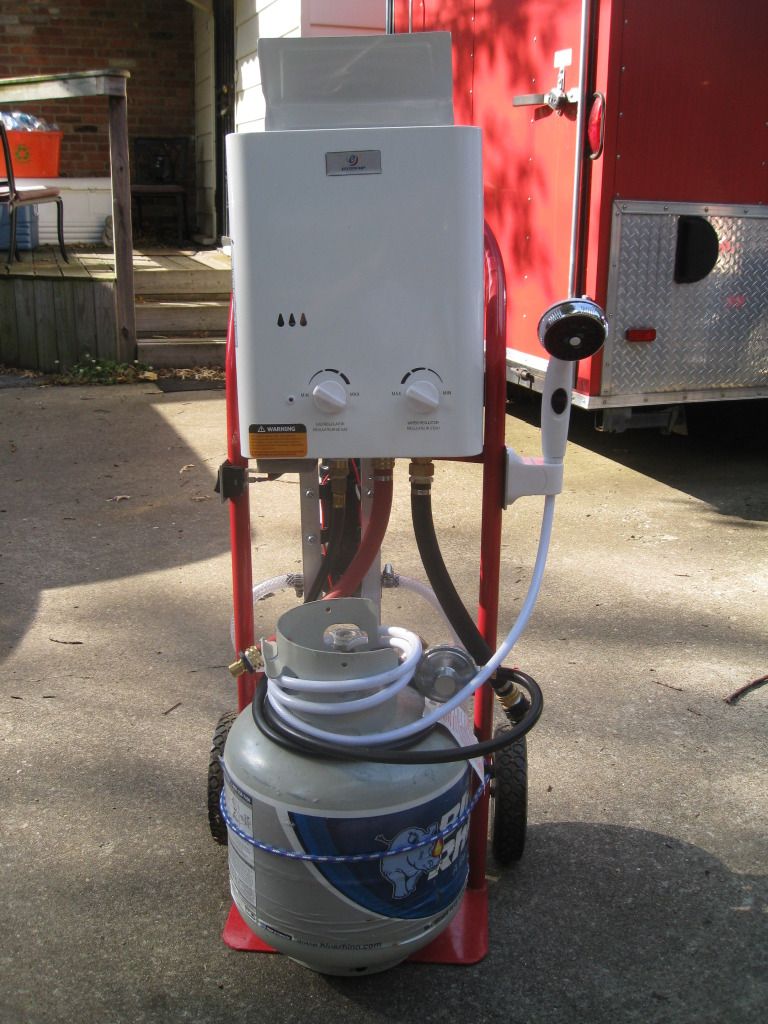
Now we get to hot water. After a couple of days everybody needs a bath. The cheap way is a solar shower, campers use them a lot and generally hurricane season is fairly warm weather. You can get them at WalMart or Amazon. These even work for condo and apartment dwellers if you have a balcony that sees a lot of sun. Be prepared to take a “Navy” shower 20 liters doesn’t last long. The other alternative is an on demand propane hot water shower. If you have kids skip the solar shower and go with the propane shower. They will run on the small green propane tanks or a 20 lb bottle, if you already have a gas grill, it’s a no brainer they run around $100, and you can get one on Amazon or eBay. Get at least a 2.0 gallon per minute model. We use one in our camper, once you get use to it it’s great. Be careful the first couple of times you use it, they make some seriously hot water.
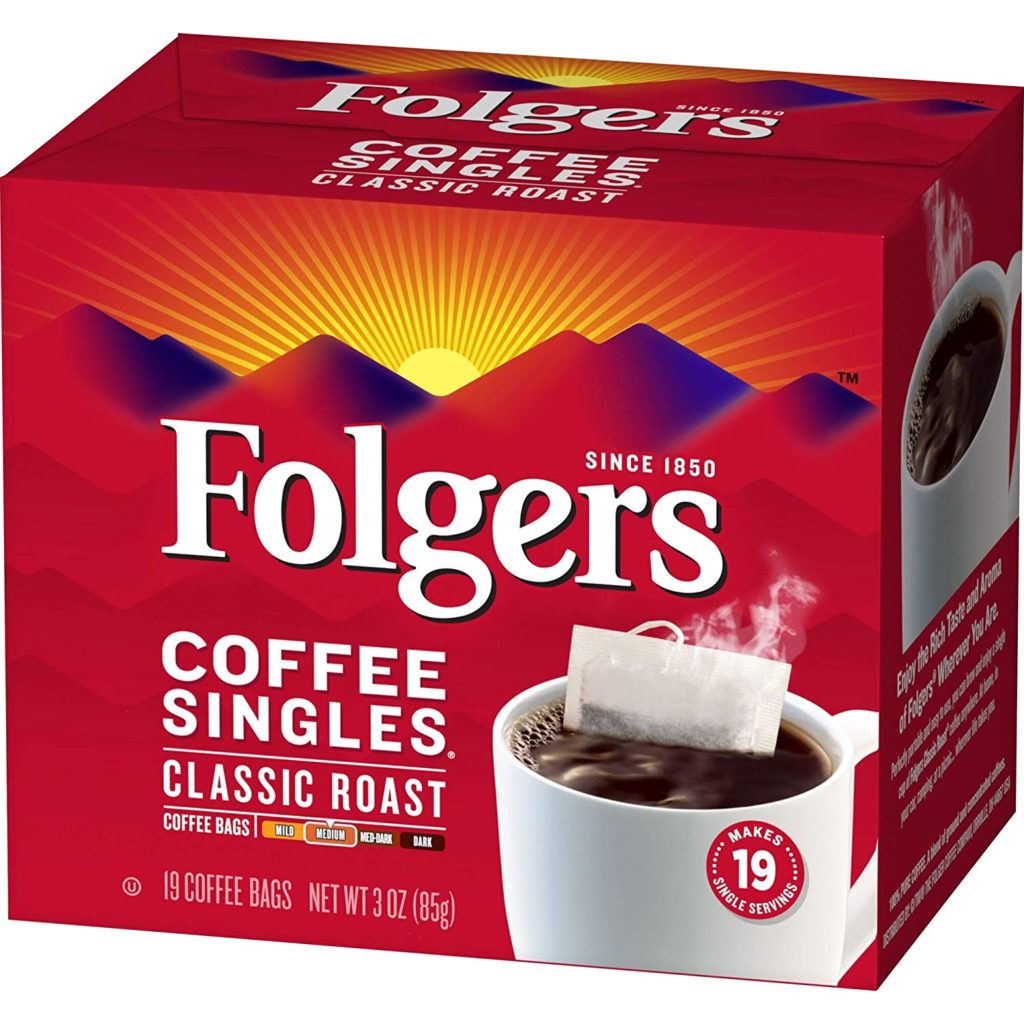
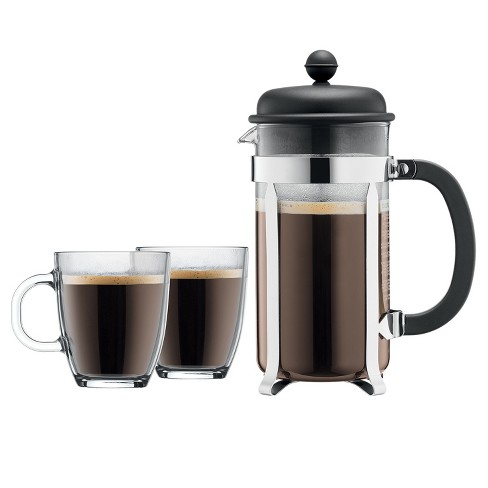
If you are a coffee dog like Mr Wizard, there are a couple of options as long as you have hot water. Folgers Singles, it’s like a tea bag with coffee instead. The other option is a French Press; don’t go hog wild, a $20 press makes as good a cup as a $300 one.
There are a couple of other things to keep handy if it’s going to be a blower. Most houses have the same size windows on them, so keep a couple of pieces of plywood that will cover a window in case it gets broken. Nothing tears up a house faster than water damage. If you take a limb through a window during a storm it can be a real mess. A piece of plywood already cut to size can seal off the window until the storm is over and save a lot of damage. You can duct tape it from the inside or if it’s safe to go outside a couple of roofing nails or screws will hold it until the storm is over. Keep a couple of the heavy duty tarps around if you can, because if you lose a couple of shingles it will compromise the roof on your house, and after a good storm roofers are in high demand. If you can’t fix it yourself, a couple of tarps can save your house until the roofers can get to you. Keep the tarps and a pound of roofing nails where you can find them after the storm.
This is a repost from a couple of weeks ago. Since this one is going to hit the Gulf Coast shortly, we thought it would be a good time to post it again.
